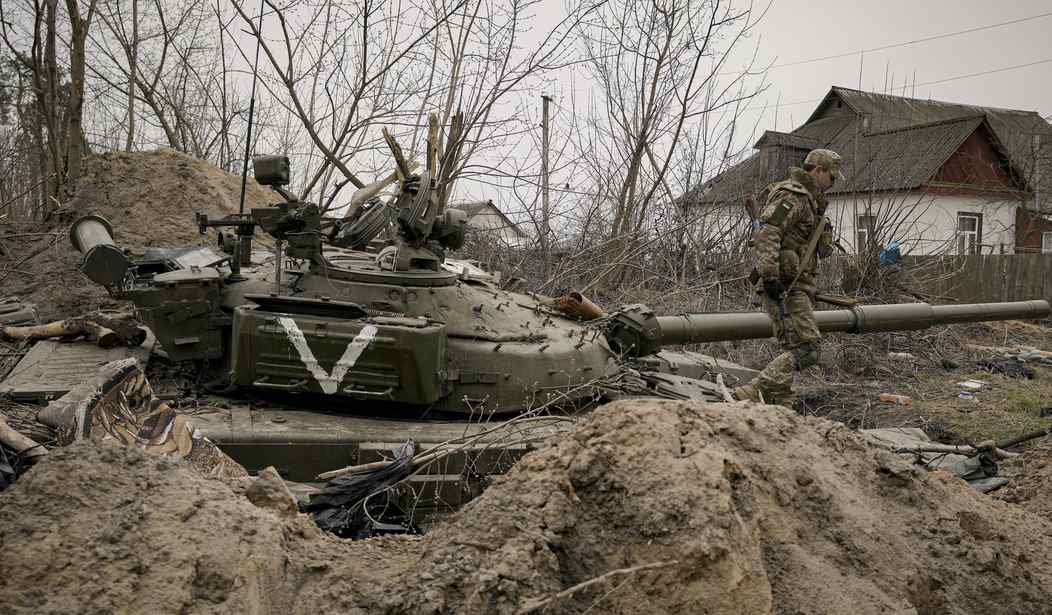INews, an independent news source in the UK, is reporting that a network of former Soviet sanatoriums and other sites in regions including Siberia, the Caucasus, the Arctic Circle, and the Far East, are housing Ukrainians forcibly removed from their homeland. Some of the camps are up to 5,500 miles from Ukraine.
Moscow had ordered towns and cities across Russia to prepare for the arrival of nearly 100,000 “refugees.” The Russian government now claims it has “evacuated” one million people from the war zone. Ukraine President Volodymyr Zelenskyy said in April that 500,000 Ukrainians had been sent to Russia.
For our VIPs: Part II: Russia Is Fighting the Ukraine War on Five Fronts: Where Are They Winning?
It seems clear that there are hundreds of thousands of Ukrainians from areas occupied by the Russian army who aren’t in Ukraine anymore.
INews interviewed human rights activists who are helping Ukrainians escape the camps.
“When people are only given a choice to stay under increasingly heavy shelling or to enter the territory of an occupying power, it constitutes forced transfer under international humanitarian law.
“We are extremely concerned this is happening. People who seek evacuation to safer areas in Ukraine are shuttled off to Russia instead – in some cases to remote areas very far from Ukrainian or European borders.
“They are vulnerable, destitute, often without identification documents and find themselves at the mercy of the occupying power.”
The sites are known as Temporary Accommodation Points (TAP). The Russians call them fil’tratsiia, or filtration camps. They’re a holdover from World War II, when Stalin was terrified that returning Russian POWs were “infected” by liberal ideas. The camps were set up to “reeducate” the soldiers.
Putin’s motives are apparently far simpler. Russia has a labor shortage in these remote regions due to population decline. The Ukrainians have been put to work — sometimes in dangerous jobs.
The centre, which has a focus on “military-patriotic work” and promoting a “commitment to serving ones Motherland”, opened at the site of a former orphanage in February as part of a national “education” project instigated by Putin to create nearly 40 similar centres including one in Russia-controlled Crimea.
It is one of two military-linked sites identified by i after this newspaper exclusively revealed last month that up to 600 Ukrainians including Mariupol survivors had been taken to a former chemical weapons dump at Leonidovka, near the Russian city of Penza, which played a former role in dismantling the country’s arsenal of nerve agents.
Putin has been careful to spread the camps out over the vast Russian Eurasian landmass, not putting more than a couple of hundred Ukrainians in any single location. The Economist reports on one of these camps set up outside of the besieged city of Mariupol.
A satellite image captured in March by Maxar Technologies, an American firm, showed Russian-backed forces had begun building a temporary camp of regimented blue-and-white tents in the Russian-controlled village of Bezimenne near the port-city of Mariupol, in south-eastern Ukraine. According to witnesses, Ukrainians sent there were photographed and forced to turn over their mobile phones and identity documents before being interrogated and deported to Russia. The Kremlin describes these people as “refugees”. Rossiyskaya Gazeta, a pro-Kremlin newspaper, claims that 5,000 civilians were screened at Bezimenne to prevent “Ukrainian nationalists from infiltrating Russia”. But escapers tell a different story, comparing conditions to those of a ghetto or concentration camp. They claim to have witnessed torture and killings carried out by Russian security services to weed out “Ukrainian Nazis”.
The Russian government is only making token efforts to guard many of their “guests.” There’s no place for them to go in the remote regions where the camps have been set up. The Ukrainians have no identification papers, no phones, and no way to travel. They’re stuck where they are unless the Russian human rights activists, who have been raising money and arranging transportation for the Ukrainians, find them and help them escape.
Some Ukrainians who escaped from these TAPs have made the long, arduous journey to Poland and have begun to tell their stories. It’s just one more atrocity in a growing list of outrages initiated by the Russian dictator Vladimir Putin.










Join the conversation as a VIP Member